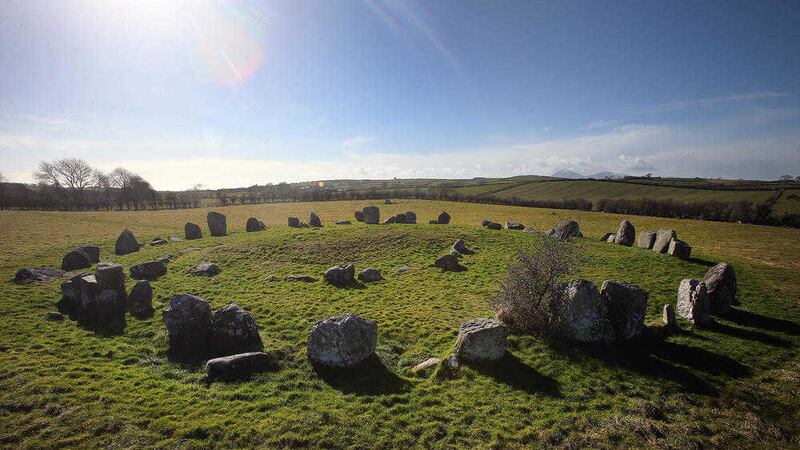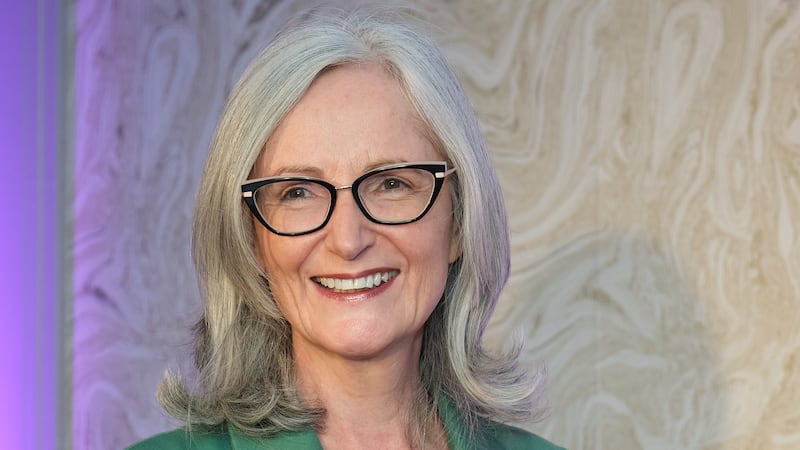BACK in the late 1970s, in the days of just three TV channels for most people in the north, I was transfixed by an eerie kids' TV programme called Children of The Stones.
I remember the atmosphere more than the actual story, in particular its otherworldly incidental music – a wailing operatic wall of sound, mad avant garde stuff that scared the bejaysus out of you.
It was set in an English village which had been built in the middle of a stone circle. The series was filmed in Avebury in Wiltshire, which is an actual English village built in the middle of a stone circle.
The actor who went on to play Blake in Blake’s 7 was a scientist who comes to the village with his teenage son and various electronic gizmos to investigate weird magnetic phenomena and strange energies.
From what I remember it turned out the village was caught in some sort of time bubble that overlapped with ancient history. A 2,000-year-old druid priest had used magic to tap into the energy of an exploding supernova in a distant galaxy – or maybe it was a black hole.
Anyway, it was one of those sort of shows. All seven episodes are on YouTube and if I get a chance to watch it again I'll get back to you on the details.
The upshot of this piece of childhood TV nostalgia is that ever since then I have been obsessed with stone circles, passage tombs, dolmens and ancient sites.
A heritage sign on a motorway will catch my eye and the next thing I will be chugging along a sheep track and dumping the car in a ditch to cross muddy fields in search of a small cluster of stones.
I’ve circled dolmens in the Burren in Co Clare, sat in the centre of gnarled stubs of rock set in a circle along the Co Kerry coast, stooped into passage tombs along the banks of the River Boyne in Co Meath and crawled into souterrains in my native Co Down.
Some of these structures are more than 5,000 years old, built before the pyramids in Egypt by people who pre-dated the Celts.
Close to where I live is Ballynoe stone circle which sits in a field with the Mourne Mountains in the background. To get to it you walk along a living cloister of trees and hedgerow.
The circle itself is believed to be around 4,000 years with standing stones outside the main ring, including a number some distance away in neighbouring fields.
A burial mound in the centre would appear to be part of the original site but according to British archaeologist Aubrey Burl, who has studied megalithic monuments throughout Ireland and Britain, this is a much later addition.
He described it as “prehistoric bigotry and vandalism [which] ruined this magnificent monument”.
The burial mound was used in the religious rites of a later people, possibly Celts, who had no respect for the much older religious traditions of the people who had come before them, apart from the location of their place of worship.
Many of the stones have been toppled over, but the shape of the circle and the sense of being in a place apart is still tangible.
I can spend hours sitting on one of the tumbled stones, running my fingers over a few scratches that seem to form a geometrical pattern – an ancient communication from 1,000 generations ago.
A code to tap into the energies of an exploding supernova?
Cue weird, other-worldly music.








